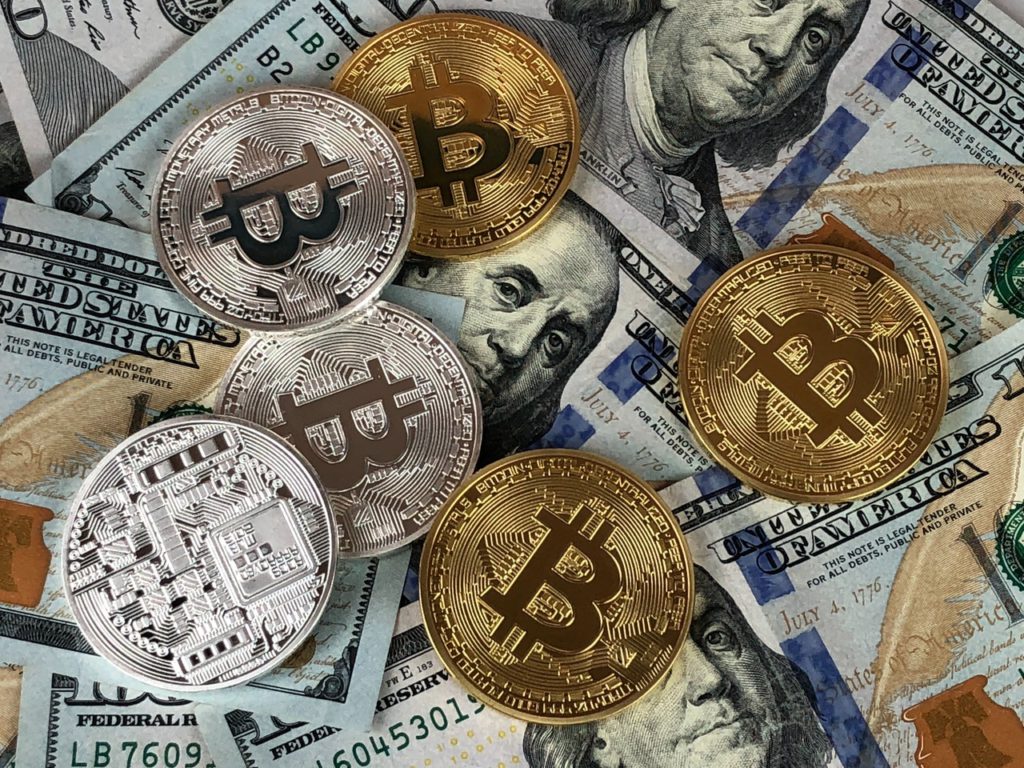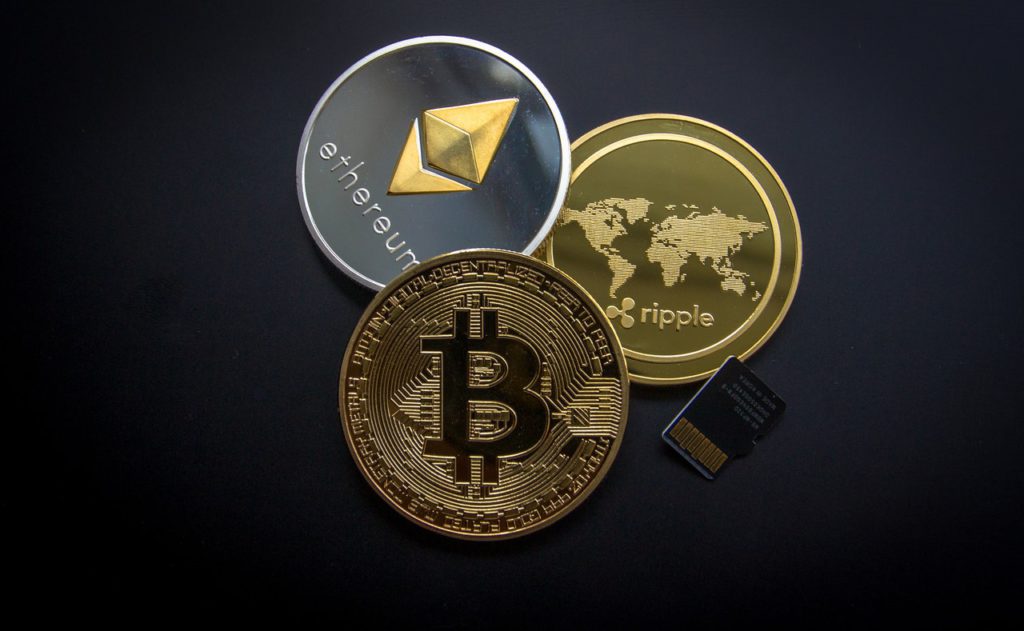Most observers of the cryptocurrency market would agree that the volatility of cryptocurrencies is in a completely different league. There are many reasons for the volatility of cryptocurrencies and there is great uncertainty about whether the crypto market will take further steps towards regulation, insurance, security, and stability, and if so, how. Many of the reasons for price volatility in traditional markets apply to cryptocurrencies as well.

Unfortunately, the current price volatility of cryptocurrencies is mainly dependent on investors and traders speculating on future prices. Under the influence of intraday traders and speculators, cryptocurrency prices sometimes show healthy volatility, like what we see in traditional markets.
When the market fluctuates between extreme highs and lows, investors and traders can place more bets in anticipation of continued volatility, which in turn can lead to greater price volatility. Investors bet on prices rising or falling, and these speculative bets can cause sudden inflows or outflows of money, resulting in high volatility.
Other cryptocurrencies have also shown high price volatility in the past. Cryptocurrencies capture the imagination of investors, but high price volatility scares others away. The cryptocurrency market has been volatile since the beginning, but the last couple of years have been especially wild for millions of investors around the world. The wild price fluctuations associated with BTC) and the wider world of cryptocurrencies mean that even though the price of bitcoin hit new all-time highs over the past year, many investors in the currency have lost money due to large withdrawals and extremely volatile processes.
Still, Bitcoin (and other cryptocurrencies) can offer huge price swings. BTC) has plagued commentators since its inception in 2009, surging to staggering highs, but bitcoin prices remain highly volatile. While BTC has grown in popularity in recent months and years due to heavy investment from institutional investors and public companies like Tesla (TSLA) and MicroStrategy (MSTR), we can still see the volatility sign. In fact, cryptocurrencies are one of the most volatile non-derivative financial assets in the market.
Most cryptocurrencies, such as Bitcoin, are purely digital assets without any physical backing, such as currency or commodities. Currently, there are stable coins, which are cryptocurrencies specifically designed for low volatility and whose prices are pegged to reserve assets such as USD stable coins. To that end, the coin is a new type of cryptocurrency backed by reserve assets such as the dollar or the price of gold.
The various elements that affect the volatility of cryptocurrencies may change in the future as the crypto business develops, and we may soon live in a world where bitcoin is legal tender. Investors in the cryptocurrency industry are optimistic, hoping for a regulated future in which cryptocurrencies can coexist with traditional currencies. Cryptocurrency is a worldwide phenomenon and while governments are cracking down on the crypto industry, regulation is still in its infancy.
The volatility inherent in the cryptocurrency business attracts speculative traders looking to make big bucks by correctly predicting price movements. On Wall Street, people are a commodity that has been replaced by machines, but one month of price volatility in the cryptocurrency market can make up for four years of stock market volatility. Crypto and market experts alike told CNBC that this is the new normal for investing and that traders should get used to it. While volatility may decrease, we can also expect a gradual but steady rise in stock market value.
There are no indices to measure the price volatility of cryptocurrencies, but you just need to look at historical price charts to see that spikes and depression troughs occur at a faster and more extreme rate in cryptocurrency prices than in asset prices in traditional markets. Due to the ability of large traders to move the stock market in both directions and use tactics to encourage it, volatility increases. Investing in something speculative is a guaranteed way to increase the volatility of your portfolio.
However, volatility is not the fault of bitcoin investors who have been in the bitcoin market for some time now. Volatility is considered by some to be a critical factor in Bitcoin’s growth and interest, while others see it as the reason why cryptocurrencies have failed to perform critical functions and disrupt certain sectors, such as a practical and viable digital currency. Others see cryptocurrencies as unstable for a variety of reasons, from a general lack of centralization to recent controversy over the environmental impact of coin mining and support for large-scale digital transactions. It depends on why the cryptocurrency is an incredibly upside-down investment; all cryptocurrencies experience huge fluctuations in their valuation, a quality known on Wall Street as volatility.
The COVID-19 crisis has shown that cryptocurrencies, despite their slow response, are still subject to systemic volatility shocks. The graph shows that Bitcoin has been slow to respond to the overall market discomfort caused by the COVID-19 crisis, which has spread to cryptocurrencies after traditional assets had already experienced a sharp increase in expected volatility for about 30 days.
The price of Bitcoin fell below $30,000 for the first time since January, highlighting the volatility of cryptocurrencies at a time when more and more people are interested in taking action. As panicked investors rushed to sell, the prices of some cryptocurrencies dropped by 30-40% within hours. The value of bitcoin has plummeted against fiat currencies because of all these events, and the resulting public anxiety whenever the news about cryptocurrencies deteriorates. an increase in the price of bitcoins leads to further increases in the value of bitcoins against the dollar shortly after they occur. For example, during 2020, the price of bitcoin fell and became less volatile than many emerging market currencies and oil currencies.
